
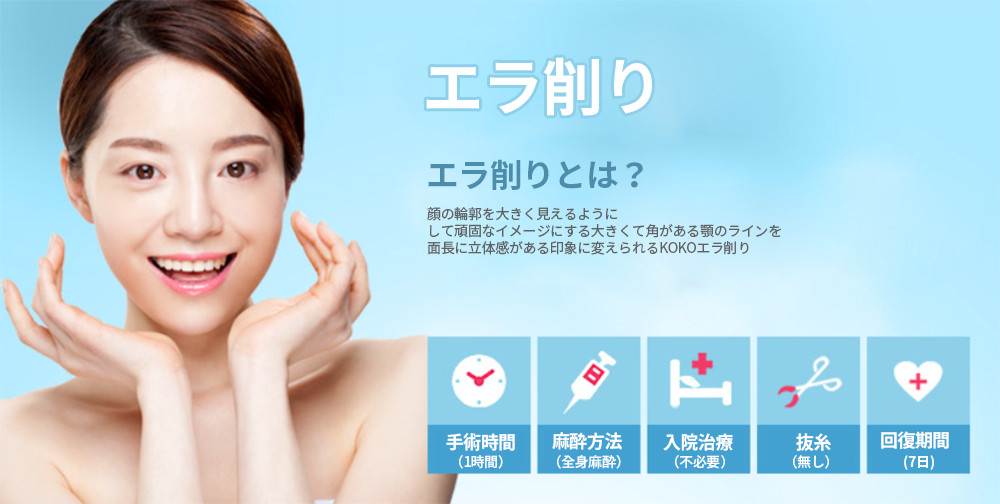
What is jaw reduction surgery?
A face with protruding angles in the lower jaw not only appears to have a larger overall contour but also gives off a stubborn impression. The jawline, which determines the contour of the face, is one of the crucial factors in forming a first impression, and bone reduction surgery can transform wide and angular bones into a face with a three-dimensional and elongated appearance.
Before and after surgery
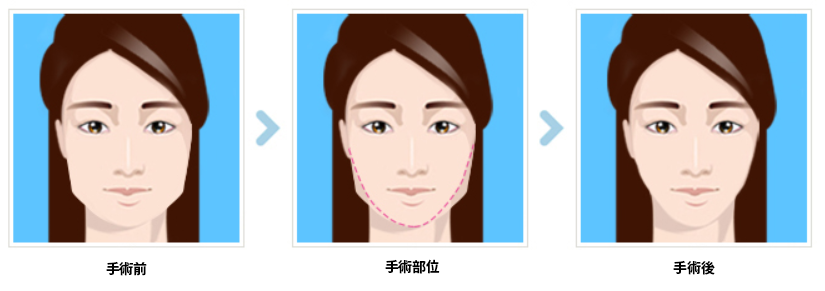

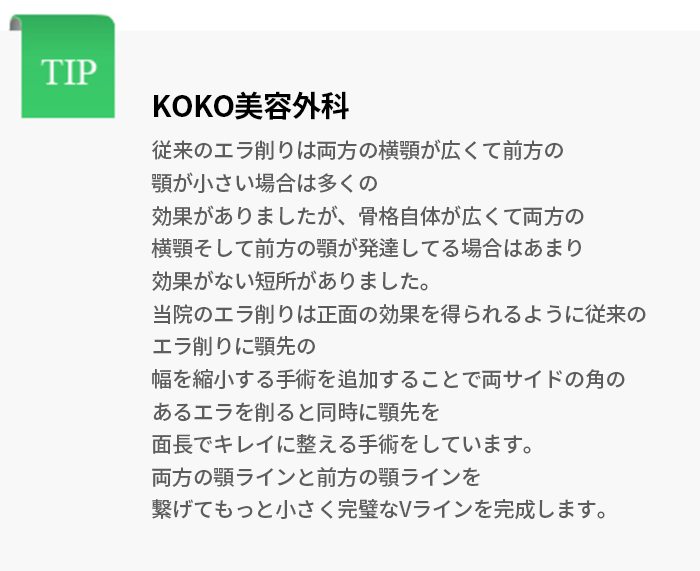
People who need bone reduction
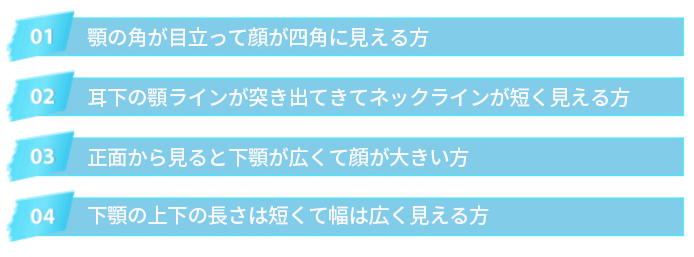
The uniqueness of surgery at KOKO Plastic Surgery

Mandibular angle resection surgery
Surgical Procedure
This surgery involves gently excising the lower jaw from below the ears to the area around the mouth with a long curve. When viewed from the front, a square-cornered jaw transforms into a softer contour, and it can also correct severe asymmetry if present.
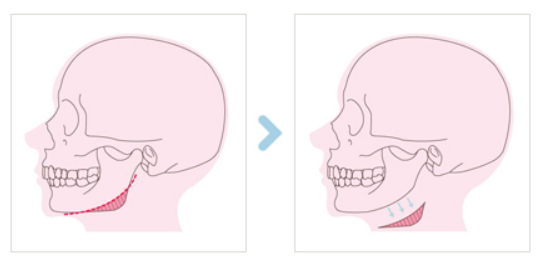
Cortical bone resection surgery
The bone structure of the human body consists of cortical bone, cancellous bone, and endosteal bone.
Cortical bone is the hardest tissue on the outer layer of these, known as the cortical bone. By delicately removing only this outer layer of cortical bone, it is possible to reduce facial fullness.
Surgical Procedure
Cortical bone resection is a surgical procedure that involves removing the outer layer of bone, much like peeling a banana, to achieve a longer facial appearance. It has a significant effect when viewed from the front. Additionally, if muscles and fat have developed simultaneously, removing them simultaneously can yield even greater results.
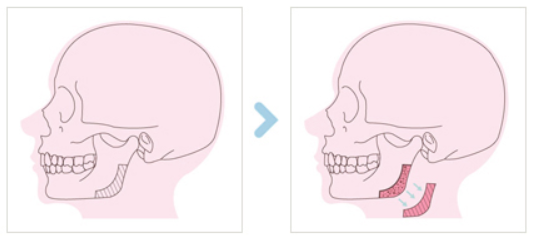
Muscle reduction surgery

Surgical Procedure
Muscle reduction surgery involves using medical needles to apply high-frequency currents to burn and shrink certain muscles. Once burned, the muscles typically do not regenerate, providing a semi-permanent solution.
This procedure is particularly effective for reducing thickened muscles, especially the masseter muscles that become enlarged due to chewing, resulting in a more elongated facial appearance.
Buccal fat removal
There is a cluster of fat that extends long from the temple to the side of the lips on the side of the face. Medically referred to as ‘buccal fat’, when this fat particularly enlarges around the cheeks, it becomes noticeable, resulting in what is known as ‘buccal fat’. Normally present in childhood and diminishing as one reaches adulthood, it may persist into adulthood for some individuals.
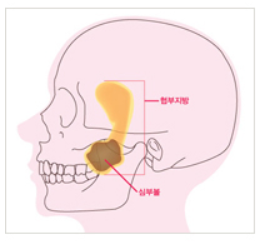
Surgical Procedure
We remove fat through the mouth. If fat removal is forced, there is a risk of damaging surrounding nerve tissues and salivary glands, which may result in the formation of cheek hollows. Therefore, we accurately locate the position and skillfully remove 4-5cc of fat as a technique performed by experienced professionals.
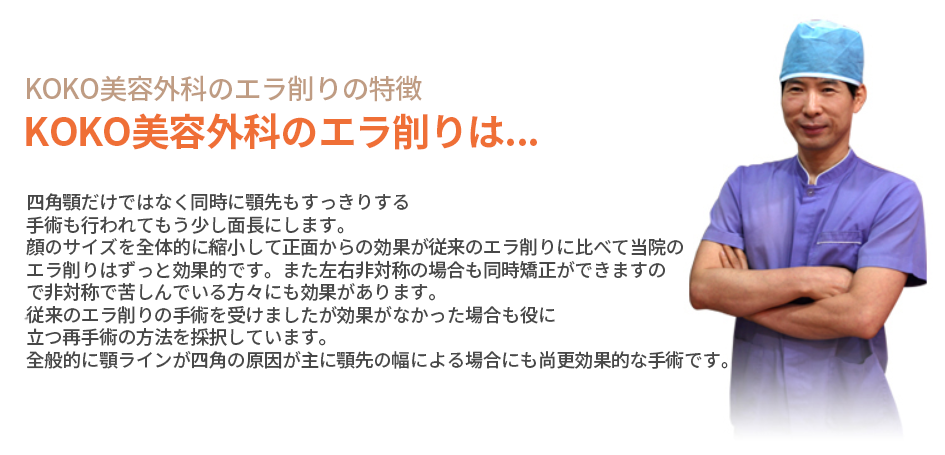
Postoperative Care Instructions
- Swelling and bruising may occur for about 2 days after surgery, gradually improving over the following 2 weeks.
- Applying ice packs for 2-3 days after surgery is crucial to minimize bleeding, swelling, and bruising. Afterward, using a hot towel to promote blood circulation is recommended.
- Keeping the head elevated for 2 weeks post-surgery can help reduce swelling.
- Avoid alcohol and smoking for 4-5 weeks after surgery to facilitate smooth blood circulation, tissue regeneration, and minimize inflammation and side effects.
- Be cautious not to bump or fall for the first 4 weeks until the cut bone has fully healed. When sleeping, lie on your back to prevent pressure on the operated area.